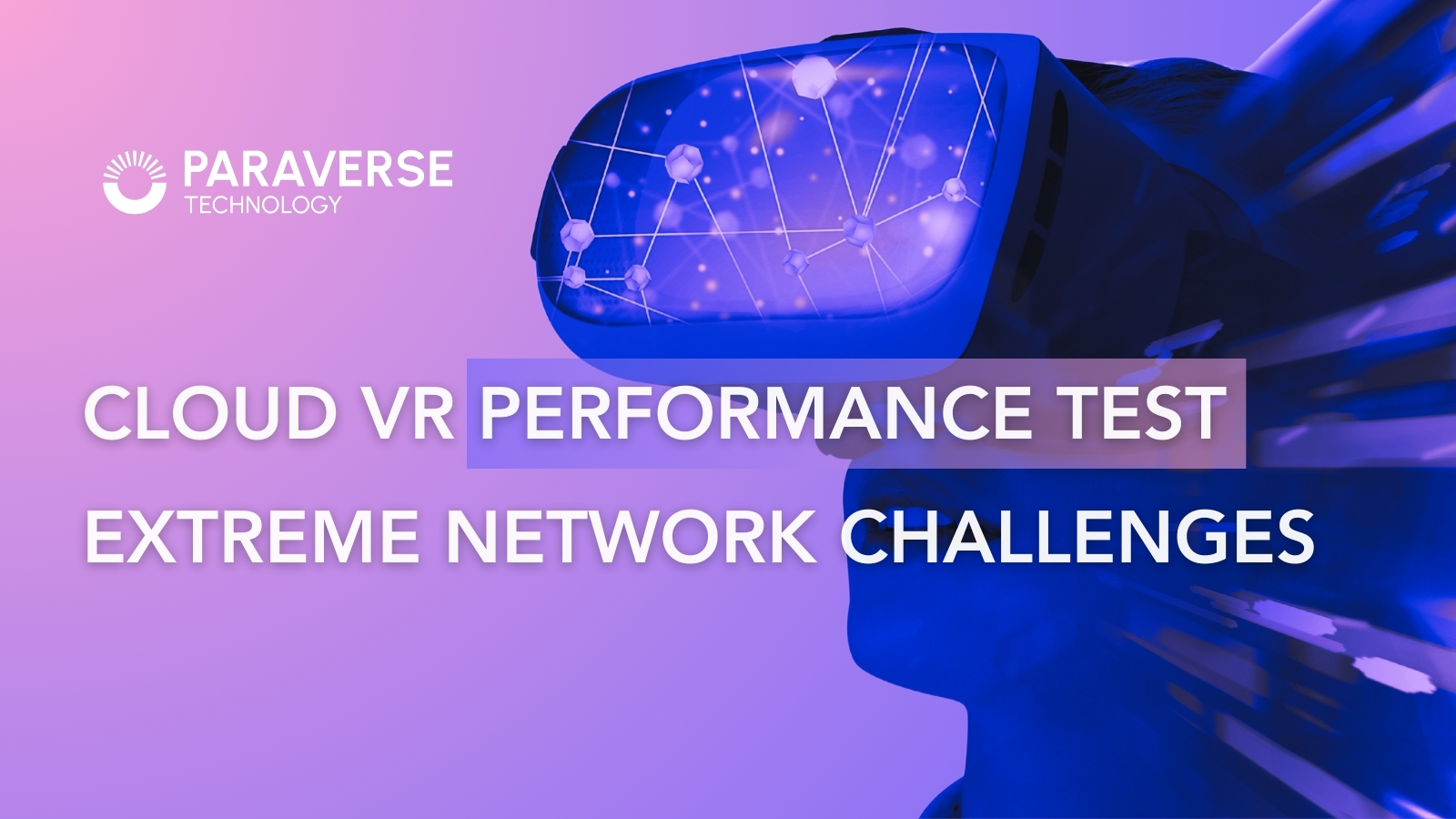Cloud XR Streaming: Data Transmission Technology For User Experience Optimization
Data Transmission Technology in Real-Rime Cloud XR Streaming refers to the ability to instantly transmit the data generated by cloud-based streaming to the user’s device, allowing the user to view the rendering and streaming results in real-time. This includes data compression, transmission protocols, network architecture, data caching and preloading, bandwidth control, and security technologies.
Data Transmission Technologies
Data Compression
Efficient compression techniques are essential to reduce the amount of data transmitted. Common compression algorithms include video codecs like H.264 and H.265, as well as image compression formats like JPEG and PNG, which provide high-quality streaming results while ensuring fast transmission speeds.
Transmission Protocols
Efficient transmission protocols are key to enabling real-time data transmission. Protocols like RTC, QUIC, and SRT offer low latency, high throughput, and high reliability to meet the demands of real-time data transmission.
Network Architecture
A low-latency, high-speed network architecture can minimize the communication latency between the cloud-based computing resources and the user’s devices. Distributed architectures and CDN acceleration technologies can improve the speed and stability of data transmission, reducing latency.
Data Caching and Preloading
To enhance transmission efficiency and user experience, real-time data transmission leverages caching technologies. By caching partial data on the user’s device or preloading the next frame, the waiting time can be reduced, enabling faster rendering and display.
Bandwidth Control
By controlling the data transmission speed, real-time streaming can avoid consuming excessive bandwidth, ensuring the normal operation of other applications. Dynamic adjustment of the transmission rate and quality based on the current network bandwidth conditions ensures fast and stable rendering result delivery under various network conditions.
Security Technologies
Real-time data transmission requires ensuring data security. Technologies like SSL encryption and digital signatures can protect the transmitted data from tampering or theft, ensuring the security of the data transmission process.
Real-time Data Transmission Technology is the core of cloud streaming, as it enables the fast and stable delivery of user instructions and cloud-based streaming results, ensuring timely and accurate feedback. This reduces the requirements on the user’s devices and provides multi-device compatibility, delivering an efficient cloud rendering experience. Additionally, this technology supports remote rendering and flexible scaling, driving the widespread adoption of cloud streaming across various industries.
LarkXR: Real-Time Cloud XR Streaming Solution
Paraverse’s LarkXR stands as a cutting-edge Real-time Cloud XR Streaming Solution, incorporating several innovative features to enhance performance and user experience.
Hermes: Network Transmission Optimization
At its core, LarkXR features Hermes, a self-developed Network Transmission Optimization module. Hermes offers optimized network transmission control algorithms, enhancing user experience in complex network environments through real-time network state assessment, frame rate calculation, and dynamic adjustments based on current network conditions.
Advanced Congestion Control Mechanisms
LarkXR employs advanced congestion control mechanisms, including a Patented QoE-aware Congestion Controller and a proprietary congestion control algorithm. These features enable dynamic allocation of target bit rates and efficient data encapsulation and transmission.
Adaptive Bandwidth Management
To meet the challenges of ultra-high bit rates and ultra-low latency, LarkXR offers Adaptive Bandwidth Management. This includes automatic bandwidth adjustment and resolution of network-related issues such as latency, packet loss, and jitter, resulting in an optimized user experience across various network conditions.
XLong: Optimized Transmission Control Framework
Another key component of LarkXR is XLong, its Transmission Control Framework designed specifically for Cloud VR Scenarios. XLong provides an integrated approach to rendering, encoding, and networking, offering a global perspective for rational decision-making. It optimizes both intra-frame and inter-frame transmission delays, enhancing adaptability in cloud VR scenarios.
Integrated Monitoring and Optimization
Unlike traditional cloud rendering solutions, LarkXR offers a comprehensive approach to monitoring and optimization. It provides extensive monitoring capabilities for video encoding, speed adjustment, transmission control, and bandwidth estimation. This holistic view allows for target optimization based on real-time feedback and system status. By leveraging this integrated approach, LarkXR effectively mitigates latency-related issues, ensuring a smoother and more responsive user experience in cloud XR streaming applications.
Paraverse’s Technological Leadership
Paraverse‘s relentless innovation has propelled LarkXR to new heights, offering unparalleled performance in ultra-high bitrate and ultra-low latency scenarios. This breakthrough makes LarkXR the go-to solution for demanding applications like cloud VR and AR.
LarkXR’s holistic approach to Real-Time Cloud XR Streaming not only tackles current challenges but also lays the groundwork for future innovations. As digital environments grow increasingly complex, LarkXR stands at the forefront, ready to deliver seamless, high-quality experiences across diverse applications.
By setting new industry standards, Paraverse’s LarkXR is not just advancing technology – it’s revolutionizing digital interaction and immersion. From entertainment to professional applications, LarkXR is poised to redefine the boundaries of what’s possible in the digital realm, opening up a world of exciting possibilities for the future.



